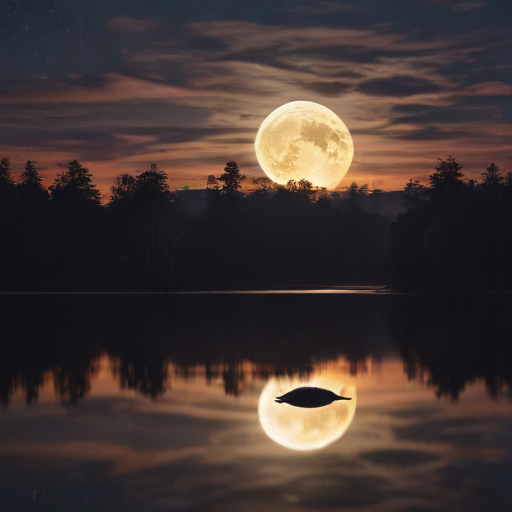The final supermoon of 2024, known as the Beaver Moon, will be fully illuminated on Friday, November 15. However, the optimal time to view it from North America will be during its rise in the eastern sky on November 16.
Traditionally, November’s full moon is called the Beaver Moon, named after the time of year when beavers typically prepare their winter dams in the northeastern U.S. It is also referred to as the Frost Moon or Snow Moon, reflecting the arrival of winter and its accompanying colder temperatures. In Native American culture, the August moon is called “Baashkaakodin Giizis,” which translates to the “Freezing Moon.”
This Beaver Moon marks the fourth supermoon of the year, following the Sturgeon Moon in August, the Harvest Moon in September, and the Hunter’s Moon in October. A supermoon occurs when the full moon arrives within 90% of its closest point to Earth, known as perigee, due to the moon’s elliptical orbit.
While the moon will officially be full at 4:28 p.m. EST (21:28 UTC) on November 15, the best viewing experience in North America will be during its rise on November 16, around 20 to 30 minutes after sunset. At this time, viewers will also be able to see the sparkling Pleiades star cluster, known as the “Seven Sisters,” positioned relative to the moon. On the night of November 15, the Pleiades will be situated to the lower left of the moon, and on November 16, they will appear to the upper right.
To enhance the lunar viewing experience, stargazing binoculars or telescopes can be utilized to observe finer details on the moon’s surface, especially during its rise when the light is less overwhelming. Observers are reminded that the moon’s brightness will increase significantly after it rises, which may complicate direct viewing.
Looking ahead, the last full moon of 2024 will be the Cold Moon, which will appear on December 15.
The arrival of the Beaver Moon is a wonderful opportunity for night sky enthusiasts and casual viewers alike to connect with nature and appreciate the beauty of our celestial neighbors. Whether you’re in the comfort of your backyard or part of a larger community viewing event, this full moon serves as a reminder of the changing seasons and the marvels of the universe.
